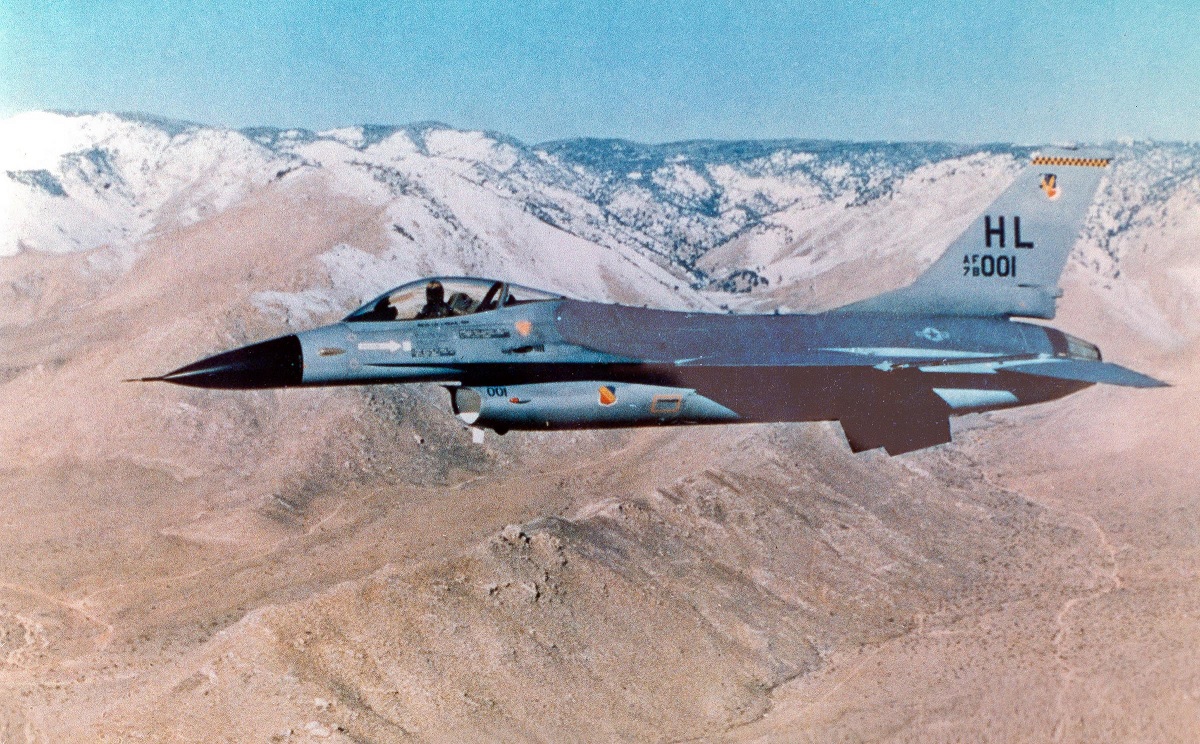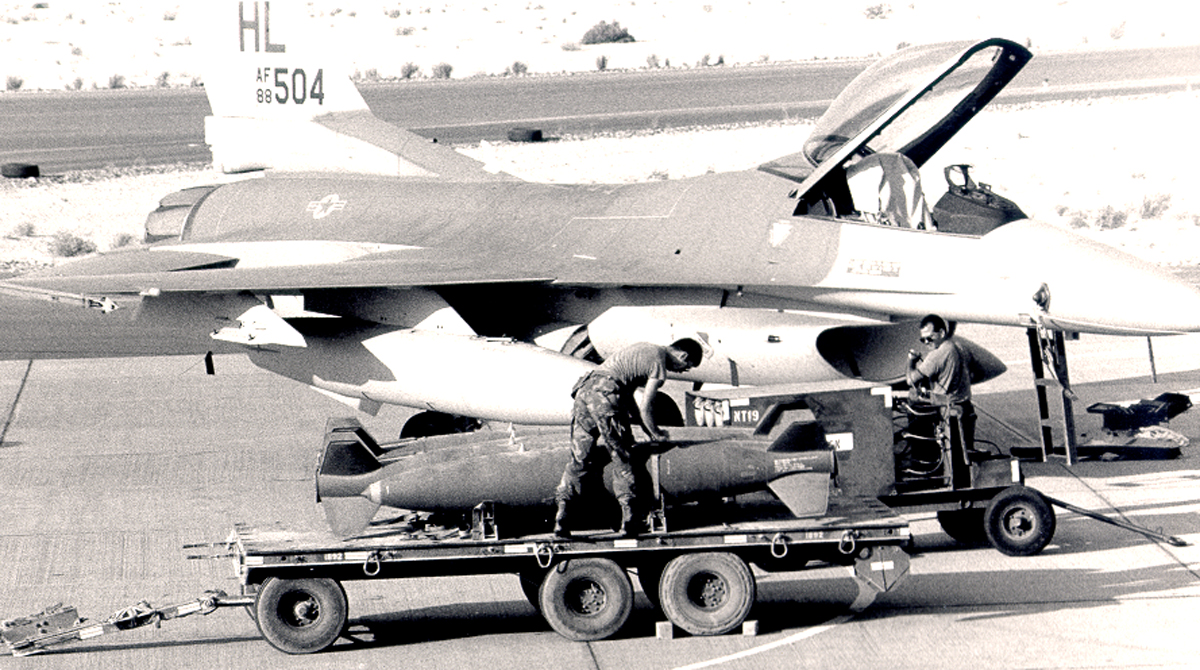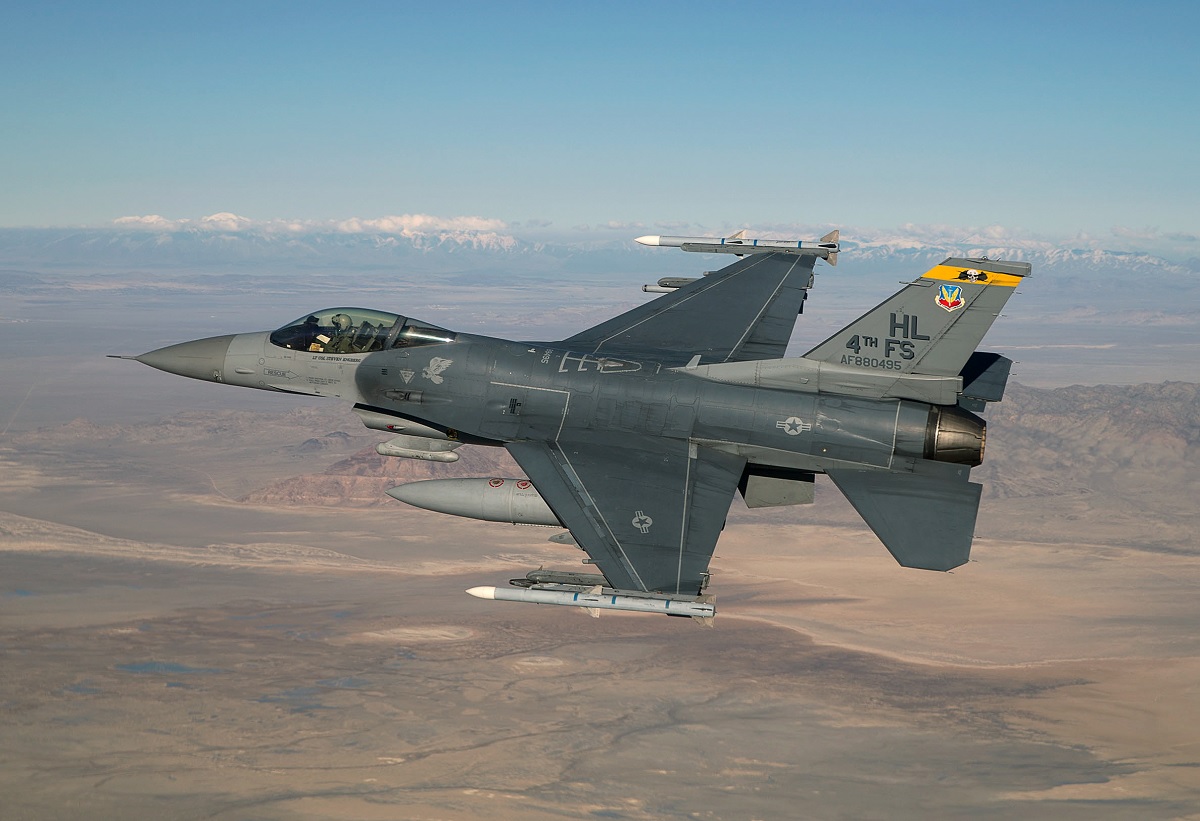The F-16 program changed the fighter forces of the USAF
The 388th Fighter Wing (FW), now more well known as the Viper, was to be the first squadron to switch over to the F-16 Fighting Falcon, according to an announcement made by the United States Air Force (USAF) in 1977. At Hill Air Force Base (AFB), the first operational F-16A flew for the first time in 1988.
On January 23, 1979, the first operational F-16A arrived at Hill AFB, starting a 40-year period of tactical and logistical innovation as well as practically continuous global deployments in support of training exercises and contingency operations. On September 23, 1979, the 34th Tactical Fighter Squadron (TFS) received its first F-16A, and by November 18, 1980, the 34th TFS, 4th TFS, and 421st TFS, Hill AFB’s three fighting squadrons, were all outfitted with F-16As.
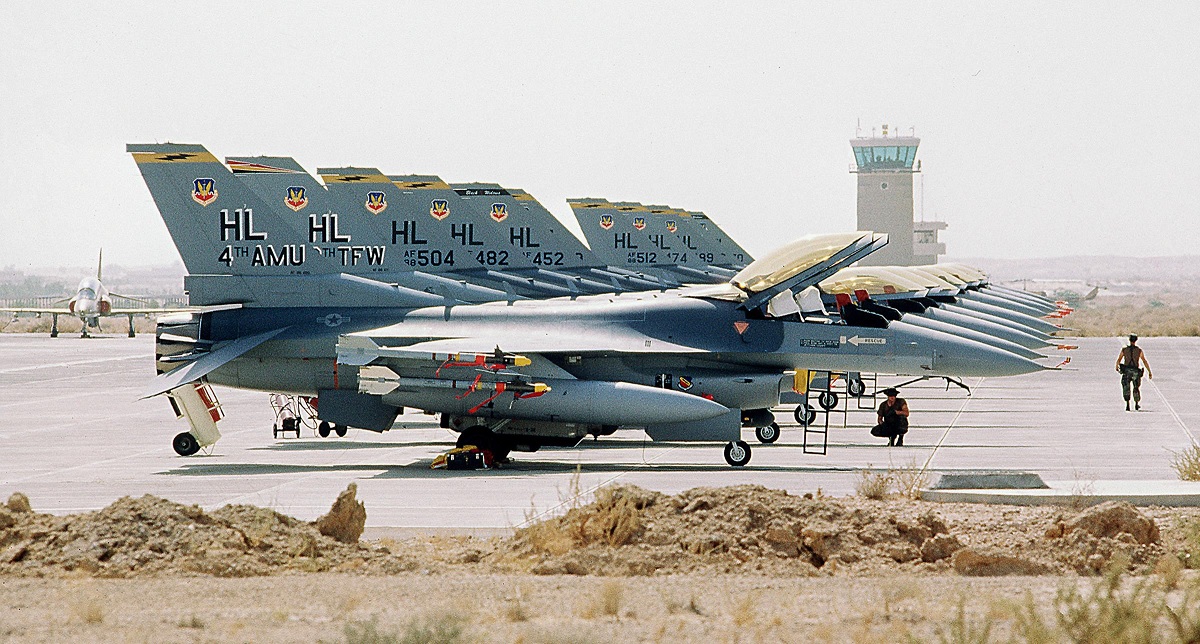
The ‘Fuujins’ of the 4th TFS announced Full Operational Capability (FOC) four months after acquiring their 24th aircraft, becoming the Air Force’s first fully combat-ready F-16 squadron. The Viper, arguably the most successful fighter in history, underwent numerous changes during its nearly four decades of duty at Hill to become an aircraft that its creators could not have possibly envisaged.
The 388th FW Airmen who flew and maintained it are given even more honor with this fitting homage to their skill. As has always been the case, the men and women who served during this time helped make it possible for the F-16 to be flown for almost 40 years and for more than 25 years straight in combat operations. These Airmen diligently maintained it, tenderly trained its pilots for battle, and bravely piloted it into peril.

However, 2017 was bittersweet for the 388th FW because as the group gets ready for the last combat-coded F-16 to depart from Hill for good, its pilots were prepared to make history once more with the brand-new F-35A Lightning II, and notable changes were made to the USAF’s fighter forces by the F-16 program.

Cutting-edge aerospace engineering and tried-and-true components from previous combat aircraft, such as the F-15 and F-111, were used to design the aircraft. Combining them resulted in a more straightforward airplane that had smaller dimensions and lower weight, purchase, and maintenance expenses. The fuselage’s strength is maintained while being made lighter. The F-16 can sustain up to nine Gs or nine times the force of gravity when its internal fuel tank is completely fueled.
The pilot has unrestricted forward and upward views as well as a much better side and rear vision thanks to the cockpit and its bubble canopy. Pilot comfort and tolerance for gravity forces were improved by extending the seat-back angle from the standard 13 degrees to 30 degrees. The “fly-by-wire” system of the F-16 gives the pilot superior flight control. The conventional cables and linkage controls are replaced by electrical lines that relay commands. The traditional center-mounted stick is replaced with a side-stick controller allowing quick and precise control of the aircraft during high G combat maneuvers. Electrical signals are sent to actuators of flight control surfaces like the ailerons and rudder by hand pressure on the side stick controller.
Since November 1981, all F-16s that have been delivered have had structural, electrical, and system architectural features that enable the multirole flexibility to be expanded to execute missions like precision strike, night assault, and beyond visual range interception. The F-16C and F-16D aircraft, which are the single- and two-place counterparts of the F-16A/B and have the most recent cockpit control and display technologies, are the result of this upgrading initiative.
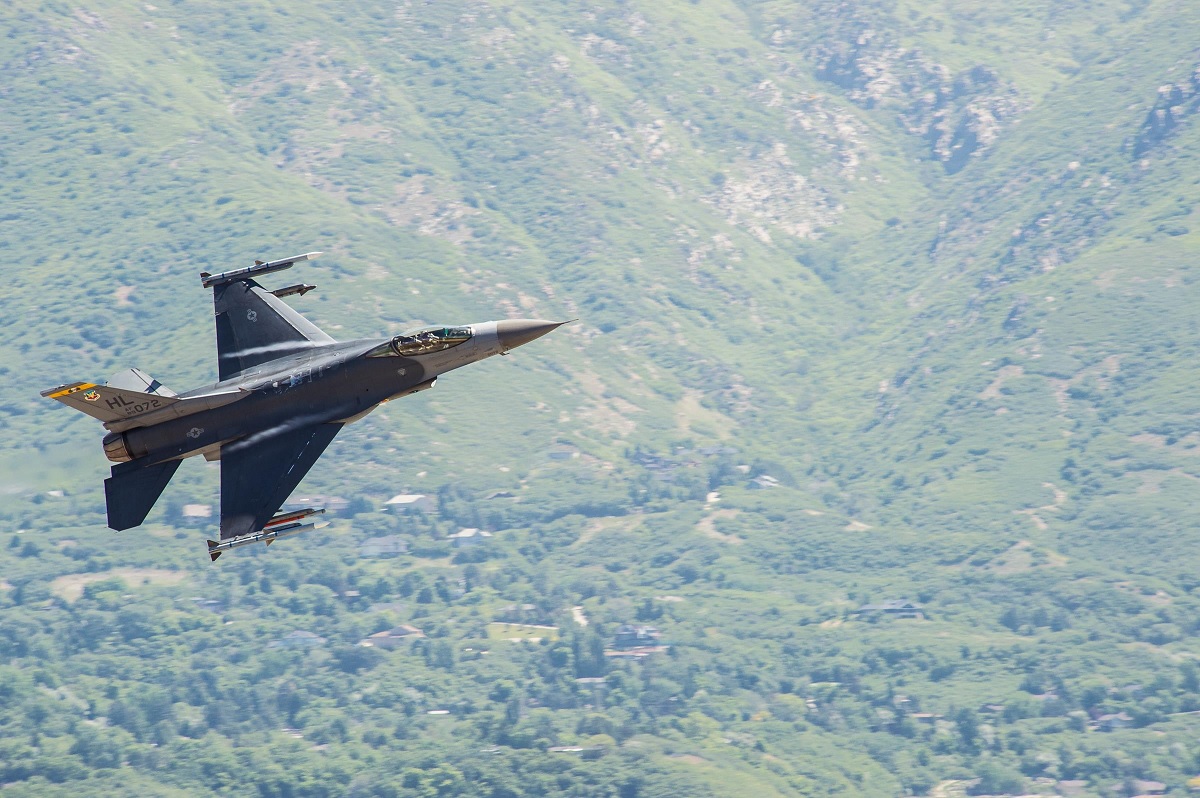
Source: Hill F-16 squadron celebrating 40 years of combat airpower, part 1 and part 2 by Lt. Col. Steven Engberg and Lt. Col. Michael Meyer, 4th Fighter Squadron and 421st Fighter Squadron; Additional source: U.S. Air Force. Photo by Master Sgt. Andy Dunaway, Felicia Juenke, and R. Nial Bradshaw / U.S. Air Force


